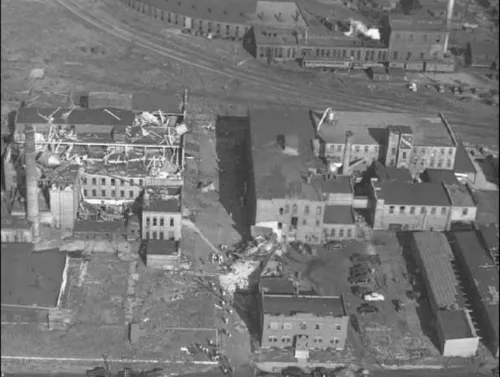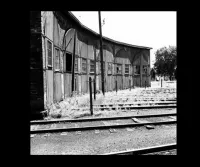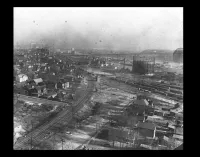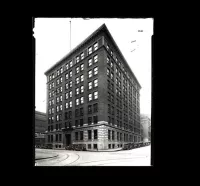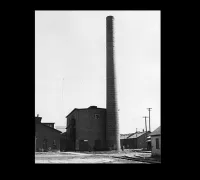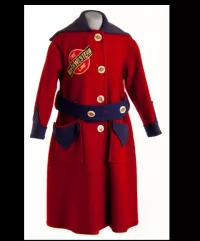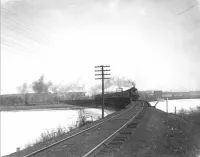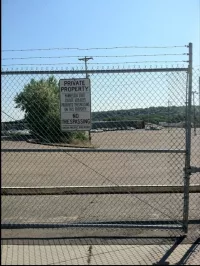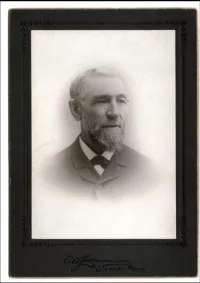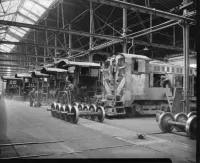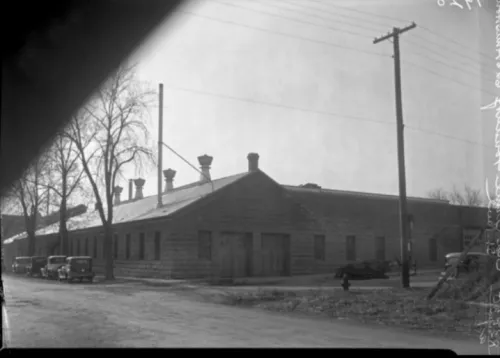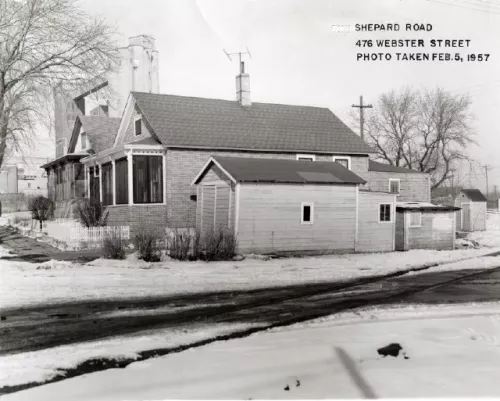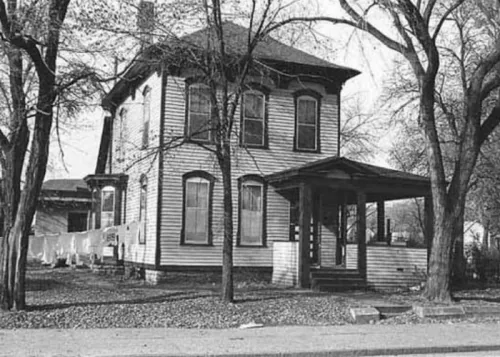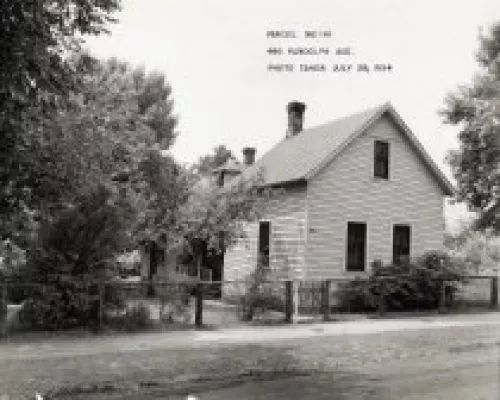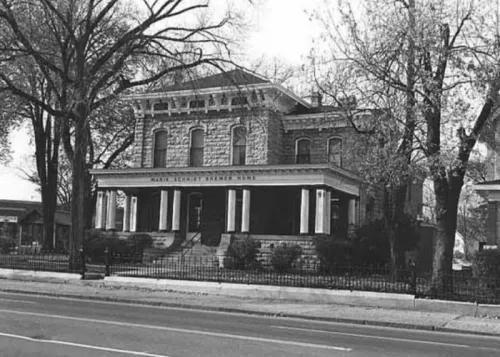Share what you know,
and discover more.
Share what you know,
and discover more.
Jun 01, 1800
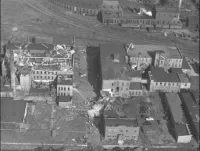
-

- Charmaine Bantugan
645 Randolph Avenue, Saint Paul, MN, USA
Omaha Railroad Shops By Dave Riehle Constructed beginning in the late 1800’s, the railroad shops of the Chicago, St Paul, Minneapolis & Omaha Railway (the “Omaha”) at Randolph and Toronto Streets employed nearly 1,000 workers for the first half of the 20th century. The West End construction project represented a major expansion of the Omaha’s operations in St Paul. The shops maintained locomotives and other rolling equipment, and constructed railcars, primarily wooden boxcars. The machine shop, erected in 1899, was built for $22,000, the equivalent of over half a million dollars today. Other major buildings were the blacksmith and boiler shops, and the locomotive roundhouse. Just down the hill from the Omaha’s shops, accessed by a double tracked spur (or vice versa, depending on your perspective) was the Omaha’s Western Avenue switching yards, containing about 27 tracks until just a few years ago, when Shephard Road was re-routed through, eliminating all but about 6 tracks. Railroad shopworkers belonged to a variety of craft unions ranging from blacksmiths to laborers to car repairers. The journeymen machinists, enrolled in the International Association of Machinists, were the largest labor organization in the railroad shops. In 1922, railroad shopcraft workers, numbering about half a million nationwide, went on strike against wage cuts. The strike lasted six months and ended in defeat. Hundreds of Twin City shopcraft workers were blacklisted and the unions eliminated from the shops, not to return until the labor upsurge of the 1930’s. Cite this Page Dave Riehle, “Omaha Railroad Shops,” Saint Paul Historical, accessed June 27, 2022, https://saintpaulhistorical.com/items/show/243.
645 Randolph Avenue, Saint Paul, MN, USA
Omaha Railroad Shops By Dave Riehle Constructed beginning in the late 1800’s, the railroad shops of the Chicago, St Paul, Minneapolis & Omaha Railway (the “Omaha”) at Randolph and Toronto Streets employed nearly 1,000 workers for the first half of the 20th century. The West End construction project represented a major expansion of the Omaha’s operations in St Paul. The shops maintained locomotives and other rolling equipment, and constructed railcars, primarily wooden boxcars. The machine shop, erected in 1899, was built for $22,000, the equivalent of over half a million dollars today. Other major buildings were the blacksmith and boiler shops, and the locomotive roundhouse. Just down the hill from the Omaha’s shops, accessed by a double tracked spur (or vice versa, depending on your perspective) was the Omaha’s Western Avenue switching yards, containing about 27 tracks until just a few years ago, when Shephard Road was re-routed through, eliminating all but about 6 tracks. Railroad shopworkers belonged to a variety of craft unions ranging from blacksmiths to laborers to car repairers. The journeymen machinists, enrolled in the International Association of Machinists, were the largest labor organization in the railroad shops. In 1922, railroad shopcraft workers, numbering about half a million nationwide, went on strike against wage cuts. The strike lasted six months and ended in defeat. Hundreds of Twin City shopcraft workers were blacklisted and the unions eliminated from the shops, not to return until the labor upsurge of the 1930’s. Cite this Page Dave Riehle, “Omaha Railroad Shops,” Saint Paul Historical, accessed June 27, 2022, https://saintpaulhistorical.com/items/show/243.
Jun 01, 1800
645 Randolph Avenue, Saint Paul, MN, USA
Omaha Railroad ShopsBy Dave Riehle
Constructed beginning in the late 1800’s, the railroad shops of the Chicago, St Paul, Minneapolis & Omaha Railway (the “Omaha”) at Randolph and Toronto Streets employed nearly 1,000 workers for the first half of the 20th century. The West End construction project represented a major expansion of the Omaha’s operations in St Paul. The shops maintained locomotives and other rolling equipment, and constructed railcars, primarily wooden boxcars. The machine shop, erected in 1899, was built for $22,000, the equivalent of over half a million dollars today.
Other major buildings were the blacksmith and boiler shops, and the locomotive roundhouse. Just down the hill from the Omaha’s shops, accessed by a double tracked spur (or vice versa, depending on your perspective) was the Omaha’s Western Avenue switching yards, containing about 27 tracks until just a few years ago, when Shephard Road was re-routed through, eliminating all but about 6 tracks.
Railroad shopworkers belonged to a variety of craft unions ranging from blacksmiths to laborers to car repairers. The journeymen machinists, enrolled in the International Association of Machinists, were the largest labor organization in the railroad shops. In 1922, railroad shopcraft workers, numbering about half a million nationwide, went on strike against wage cuts. The strike lasted six months and ended in defeat. Hundreds of Twin City shopcraft workers were blacklisted and the unions eliminated from the shops, not to return until the labor upsurge of the 1930’s.
Cite this Page
Dave Riehle, “Omaha Railroad Shops,” Saint Paul Historical, accessed June 27, 2022, https://saintpaulhistorical.com/items/show/243.
Posted Date
Jun 27, 2022
Historical Record Date
Jun 01, 1800
Source Name
Saint Paul Historical
Source Website
Delete Story
Are you sure you want to delete this story?

